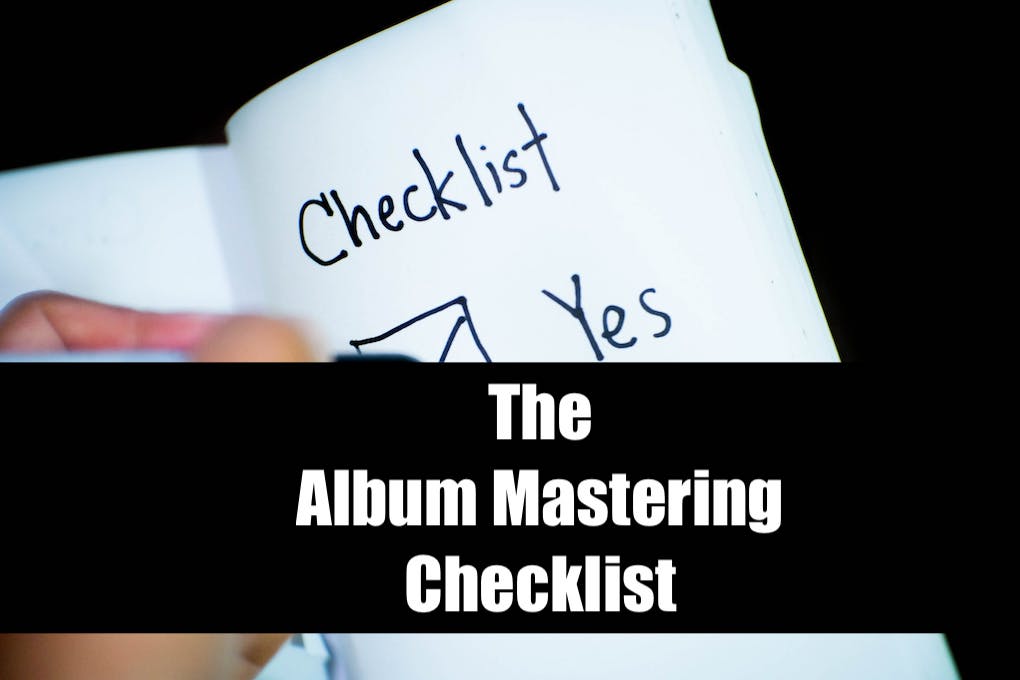- in Book Excerpt , Production by Bobby Owsinski
Get A Better Product With The Album Mastering Checklist

Putting together a collection of songs into an album requires additional data beyond what’s needed for an individual song. This applies to any format that the album will be released in, but especially for CDs and vinyl. Follow this album mastering checklist so you don’t miss anything.
◻︎What are the official titles of the album and the songs? Working titles that you’re used to may not cut it, so be sure that you’re set on the final titles.
◻︎Has the spelling of all titles been checked and approved? It’s embarrassing to have a typo in a title, but it’s even worse if you have an alternative spelling to a song in mind that doesn’t make it to the album.
◻︎Has the metadata been checked and included? Metadata like artist, songwriters, publishers and record labels (just to name a few) is how people will find you online, and will help you get paid.
◻︎How will the master be delivered? Will you deliver it to the mastering engineer via FTP, file transfer service, or digital media? If mastered already, are you sending it out for vinyl or CD replication? If so, what are the FTP or shipping instructions?
◻︎What are the ISRC codes for each song? You can assign your own ISRC codes for a one-time registration fee at USISRC.org.
◻︎What is the UPC code for the album? You can get one for free from your music distributor or buy one from many places found online.
◻︎How loud dow you want the master? Is there a reference song or album for the mastering engineer to compare to? Some music genres feature an extremely loud/low dynamic range master while others are just the opposite. Have you determined what you need?
◻︎What is the track sequence for the album? Sequencing is extremely important to the flow of the album and not something to be left to the last minute. Spend some time and listen to several sequences before deciding.
◻︎If for vinyl, what is the running time and sequence per side? Vinyl has a time limitation of about 22 to 24 minutes per side to get the best quality and optimum loudness. It also means that each side needs a separate sequence.
◻︎Are there any differences in level between songs? Your mastering engineer will hear it, but best to make a note beforehand.
◻︎Do all songs sound like they belong together EQ-wise? Likewise, Your mastering engineer will hear it, but best to make a note beforehand.
◻︎Do any fades have to be fixed or altered, or are there any cross-fades between songs required? Once again, a good mastering engineer will catch this, but best to let him or her know beforehand to make sure.
◻︎How many masters are required? CD, Apple Digital Masters, vinyl, or hi-res? Now is the time to get them.
◻︎Do you have an idea of what the spreads (time) in between the tracks should be? This is especially important if listening to the album as a single piece and greatly influences the flow of the album.
◻︎ Has the session and master file been backed up? If not, what are you waiting for?
The best time to think about all of the above is well before your mastering session. Use this album mastering checklist to get both a better product, and save money as well.
You can read more from The Mixing Engineer’s Handbook and my other books on the excerpt section of bobbyowsinski.com.

